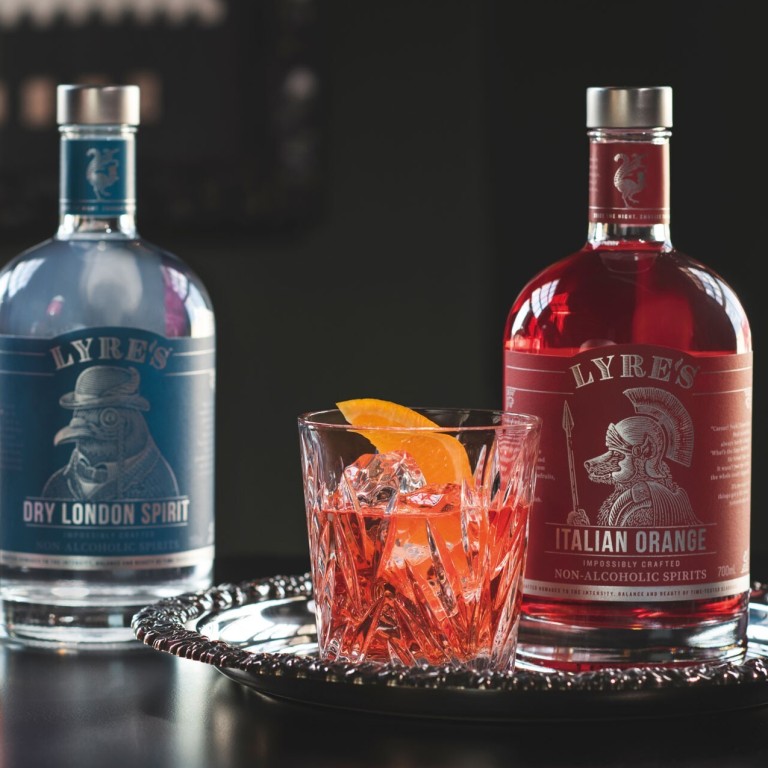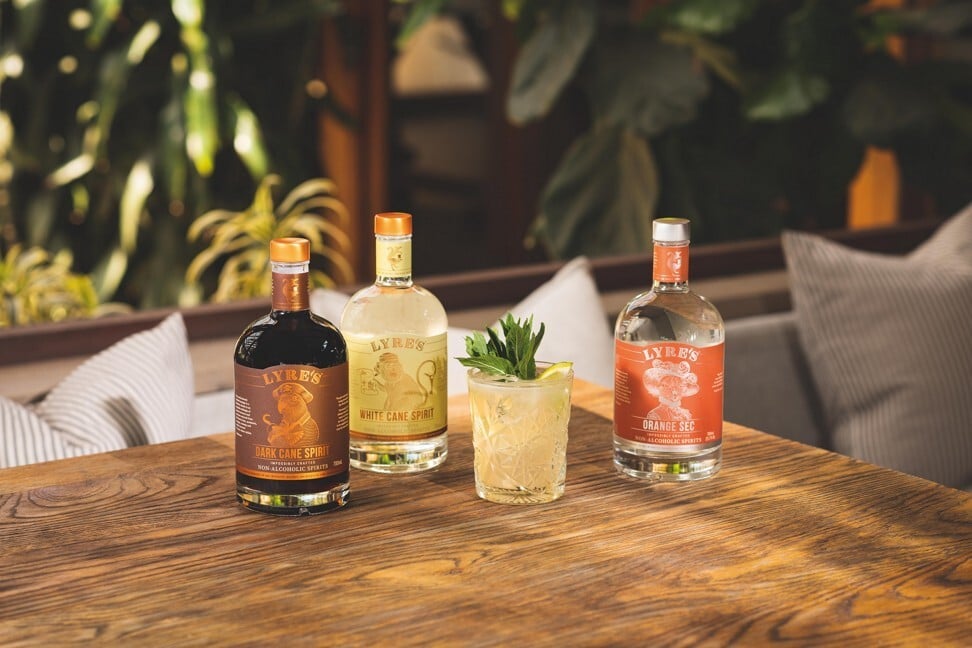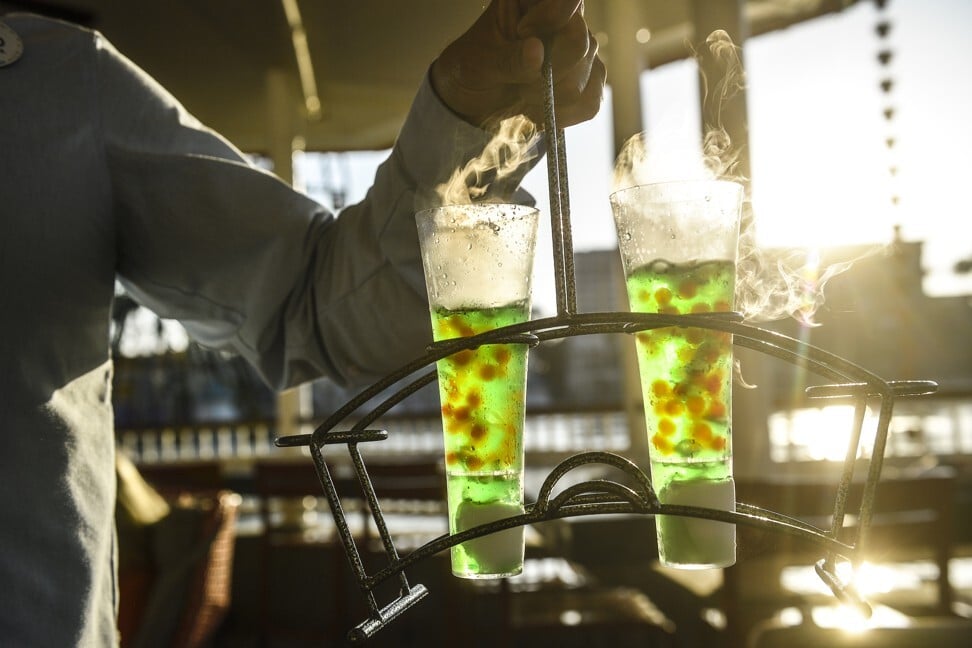
No-alcohol whisky, gin and other spirits that help drinkers lose weight and stay sober
- Australian-based company Lyre’s has struggled to keep up with soaring demand for its no-alcohol spirits since coronavirus lockdowns began
- It creates an ‘alcohol base’ using natural extracts, distillation and synthesis, then adds distinct flavours to make analogues of different spirits
Alcohol consumption is falling globally as people try to reduce their intake of wine, beer and spirits for health reasons. It’s a trend that started in 2016, according to IWSR Drinks Market Analysis, an analytics firm that focuses on tracking the global beverage alcohol market.
Alcohol-free drinks allows consumers to stay sober and to lose weight. The no/low alcohol category took a three per cent share of the total beverage alcohol market last year, a figure that is forecast to grow to 31 per cent by 2024.
There is a small but burgeoning market for non-alcoholic spirits, too, and in 2015, Briton Ben Branson was the first to debut a distilled non-alcoholic spirit that tastes like gin, now available in three flavours. With its botanical flavours and no added sugar, the addition of some tonic water makes a sophisticated, alcohol-free drink.

In 2019, Australian company Lyre’s accomplished what many alcohol producers had been trying to do since the 1970s and 1980s – create non-alcoholic versions of rum, gin, whisky, Italian bitters and even absinthe that have a near identical taste to the originals.
“We noticed the health and wellness megatrend [in non-alcoholic drinks]. We figured there would be a need for people to enjoy their indulgent spirits products, whether in a cocktail or mixed beverage, and get them to a high enough standard in a non-alcoholic format,” says Lyre’s co-founder Mark Livings.
The rise of alcohol-free spirits and bespoke soft cocktails
The pair originally set out to create 15 alcohol-free “spirits” and have managed 13 so far; that has taken them five years, and required the sourcing of ingredients from 39 countries and working with a German beverage technology company.
These enable consumers to mix non-alcoholic versions of 42 of the world’s bestselling cocktails – including a gin and tonic, old fashioned, daiquiri, amaretto sour, and martini. The pair are still developing a tequila and a non-alcoholic Scotch whisky.

“We combine natural essences, extracts and distillates into a water base. We change the mouth feel [to that of alcohol] by using natural extracts, so we use cellulose, which is a plant extract, and then we synthesise the burn of alcohol using natural ingredients,” Livings says. The latter include extracts of chilli or capsaicin, black and white pepper, ginger, and menthol.
Once that “alcohol base” is created, though, each spirit is different; Livings describes whisky as “hot, spiky and intense”, while triple sec is “cooling”. Vermouth and Italian bitters are made in a style comparable to that of the fortified wines.
Runners on sobriety and eschewing the drinking culture
There are more than 150 non-alcoholic spirit producers on the market, including five US-based ones recommended by Food & Wine magazine in January this year: Ritual Zero Proof (tequila, whisky and gin alternatives), Monday (whisky and gin), Ghia (aperitif and bitters), Aplós (hemp-infused beverage), and Töst (sparkling drinks).

“Ethanol is the highest-calorie thing we ingest,” Livings explains. “There’s a reason it catches on fire when you hold a naked flame to it, and that’s because it has so much energy density packed in those molecules.”
A shot of Lyre’s alcohol-free gin contains less than 10 calories, compared with more than 100 calories in a shot of regular gin. “That’s all ethanol doing the calorie loading there,” he notes.

